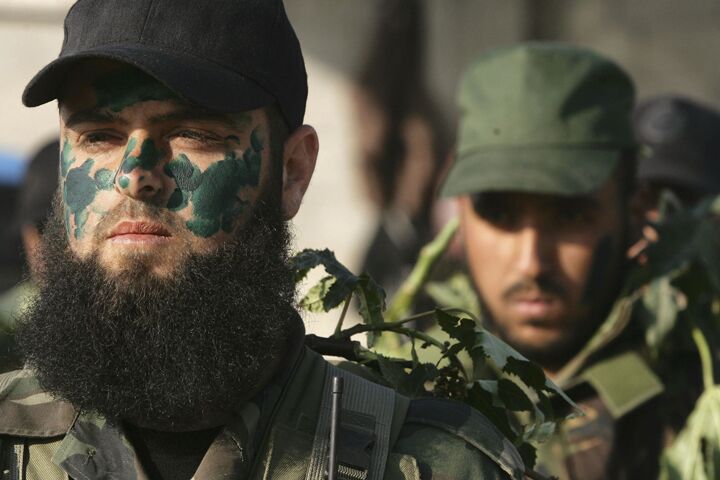
Hamas Restocks and Regroups in Gaza
While the Israel Defense Forces (idf) conduct limited defensive operations in the periphery of the Gaza Strip, Hamas is being largely left alone to build up its army and weaponry. Hamas is taking advantage of the relative quiet in Gaza (though Kassam missiles continue to be fired at the Israeli town of Sderot) since it took over the Strip a month ago in order to restock and regroup.
Last Thursday, a high-ranking idf officer warned that time was running out for Israel to halt the growing military capabilities of Hamas. “Hamas is building its forces rapidly and that’s why it is currently limiting attacks against us,” the Israeli general said in an urgent briefing to reporters.
“Hamas is currently not acting against Israel because it is not in the group’s interests, but one must not mistake this with the organization’s ultimate goals,” said the officer, who was not identified.
Hamas’s military capabilities have “leapt forward by a generation” since Israel’s withdrawal from Gaza two years ago, he said.
The officer said Hamas currently has a 13,000-man force, consisting of four brigades complete with battalions, platoons and special forces. This veritable army is stocked with arms stolen from Fatah, including anti-aircraft and antitank missiles and even Katyusha rockets of Hezbollah fame, not to mention tons of explosives being smuggled in from Egypt. Tsahi Hanegbi, chairman of the Knesset’s Foreign Affairs and Defense Committee, said “Hamas has weapons meant to break the strategic balance with Israel.”
The Philadelphi Corridor, running between Gaza and Egypt, has become a major smuggling route for both arms and terrorists since Israel left the area in 2005. In the past month, writes Haaretz, that smuggling “has transformed into an operation of importing arms and ammunition” (July 21). In June, 20 tons of explosives were imported by Hamas; compare this with 36 tons of explosives in the whole of 2006—and no more than 4 tons a year prior to that, when Israel still controlled Gaza.
“The Gaza Strip, which used to be surrounded by the idf, has become porous and led by Hamas … hindering Israel from preventing terrorist movement along the Philadelphi Corridor or through the Rafah crossing (into and out of Egypt),” the same idf officer explained. With Hamas in charge, the Palestinians are ignoring prior agreements with Israel governing the operation of Gaza border crossings, and European Union monitors are doing nothing to help. As for Egypt, it has been unable and unwilling to stop the flood of weapons and explosives entering Gaza through the Sinai Peninsula, the Israeli officer said.
Since Israel’s disengagement in 2005, several hundred Palestinians have traveled from Gaza to Iran to receive training, the officer revealed. Upon their return to Gaza, he said, each Palestinian is capable of training a further 400 Palestinians on average.
With the same benefactors as Hezbollah, it seems Hamas is growing closer in capability to that large terrorist organization camped on Israel’s northern doorstep.
Despite the evident and growing danger, government officials said a major military incursion to squash Hamas was not the recommendation of the military and not the policy of the cabinet. For as long as such a policy continues, evidently Hamas will only grow stronger and become more of a danger to Israel. For more on this subject, read Jerusalem in Prophecy.
